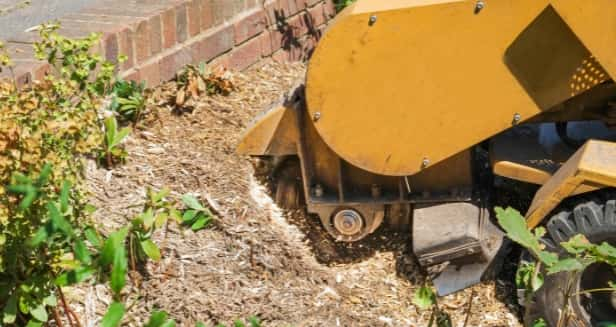Understanding the Importance of Pruning
Pruning is more than just trimming back branches—it is a crucial part of tree care that enhances tree health, safety, and aesthetics. Every cut made has a long-term impact on the tree’s structure and growth, making professional pruning an essential practice for maintaining a thriving landscape.
The Benefits of Proper Pruning
1. Encourages Healthy Growth
Strategic pruning removes dead, diseased, or damaged branches, preventing the spread of decay and promoting robust growth. By carefully selecting which branches to trim, the tree can allocate its energy more effectively to healthy limbs.
2. Improves Structural Integrity
A well-pruned tree develops a strong framework that can withstand harsh weather conditions. Removing weak, crossing, or crowded branches reduces the risk of breakage, minimising the potential for property damage or personal injury.
3. Enhances Aesthetic Appeal
Pruning shapes a tree’s canopy to improve its overall appearance, ensuring it blends seamlessly into its surroundings. Proper pruning techniques also allow more light to penetrate through the branches, benefiting nearby plants and maintaining an attractive landscape.
4. Prevents Pest and Disease Issues
Dead and overgrown branches can create an environment for pests and diseases to thrive. By removing these problem areas, pruning reduces the likelihood of infestations and fungal growth that could compromise the tree’s health.
5. Increases Longevity
Regular maintenance helps trees live longer by ensuring they remain healthy and structurally sound. Addressing issues early through pruning prevents future complications that could lead to the need for tree removal.
Essential Pruning Techniques
Crown Thinning
This technique removes select branches throughout the canopy to improve light penetration and air circulation. It is particularly useful for trees with dense foliage that may be blocking sunlight from reaching lower branches or nearby plants.
Crown Lifting
By removing lower branches, crown lifting creates clearance beneath the tree, making it ideal for improving visibility, allowing pedestrian access, or preventing branches from interfering with buildings and roads.
Crown Reduction
This method reduces the overall size of the tree while maintaining its natural shape. It is often used to prevent trees from becoming too large for their environment without compromising their health.
Deadwooding
Deadwood removal is essential for safety and tree health. Dead branches can fall unexpectedly, posing a risk to people and property. Removing them also prevents the spread of decay within the tree.
When to Prune
Timing is critical when it comes to pruning. Different tree species have optimal pruning seasons, but as a general rule:
- Winter pruning (dormant season) encourages vigorous growth in spring.
- Spring and summer pruning can help shape trees and manage rapid growth.
- Autumn pruning is generally avoided as it may leave trees vulnerable to disease.
Consulting a professional tree surgeon ensures that pruning is done at the right time for the specific needs of each tree.
Professional Tree Surgery in Knaphill, Surrey
Pruning requires expertise to ensure each cut benefits the tree rather than harming it. At NS Tree Surgery Knaphill, we understand the science behind tree pruning and apply precise techniques to promote healthy, well-structured trees. Whether you need routine maintenance or targeted pruning for specific concerns, our team is equipped to handle all aspects of tree care.
Conclusion
Every cut in tree pruning serves a purpose. From enhancing growth and safety to improving aesthetics, proper pruning ensures trees remain an asset to their surroundings. If you want expert pruning services that prioritise tree health and long-term sustainability, contact NS Tree Surgery Knaphill for professional guidance and care in Knaphill, Surrey.
Call us on: 01483 967 989
Click here to find out more about NS Tree Surgery Knaphill
Click here to complete our contact form and see how we can help with your tree needs.

